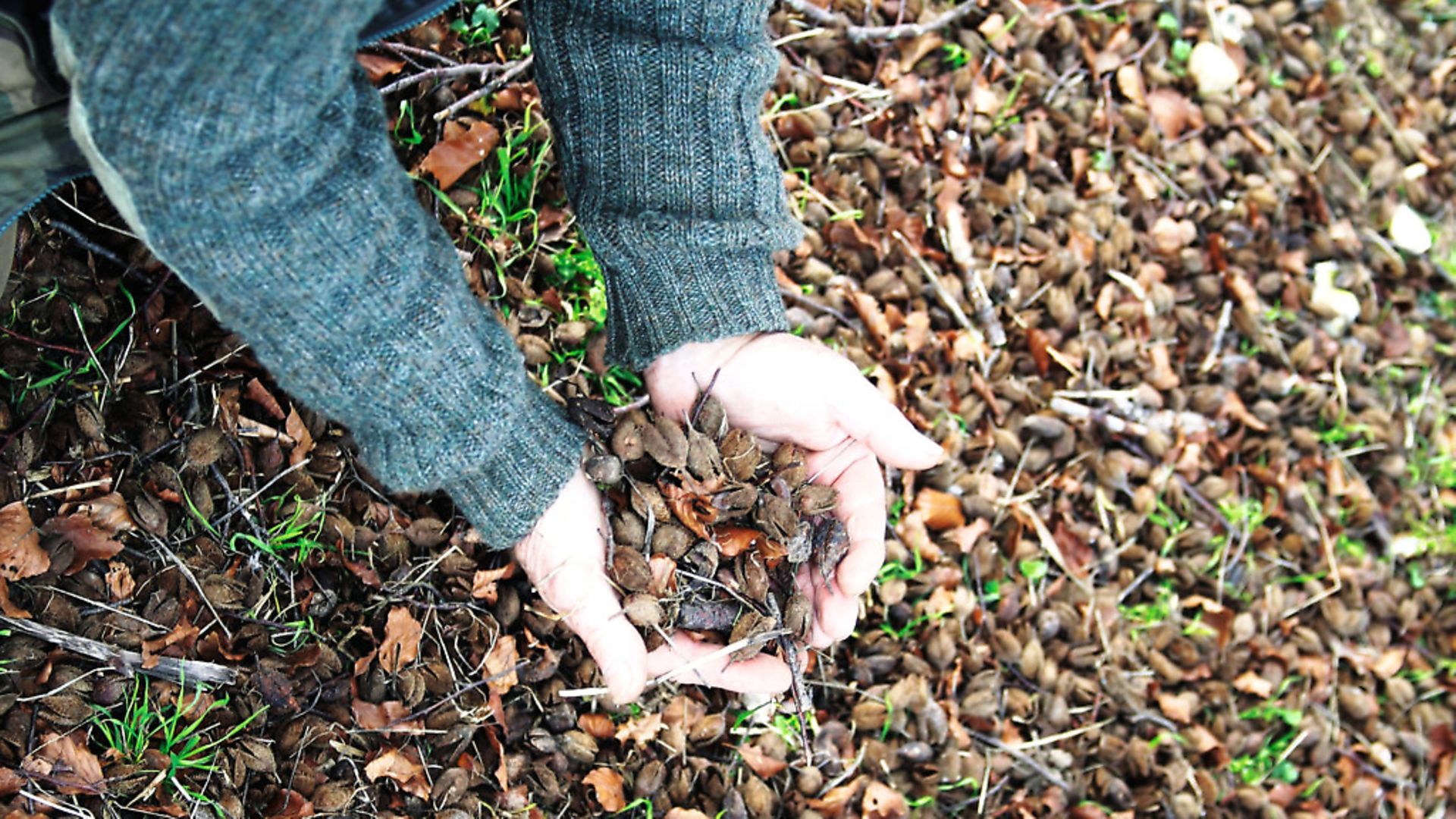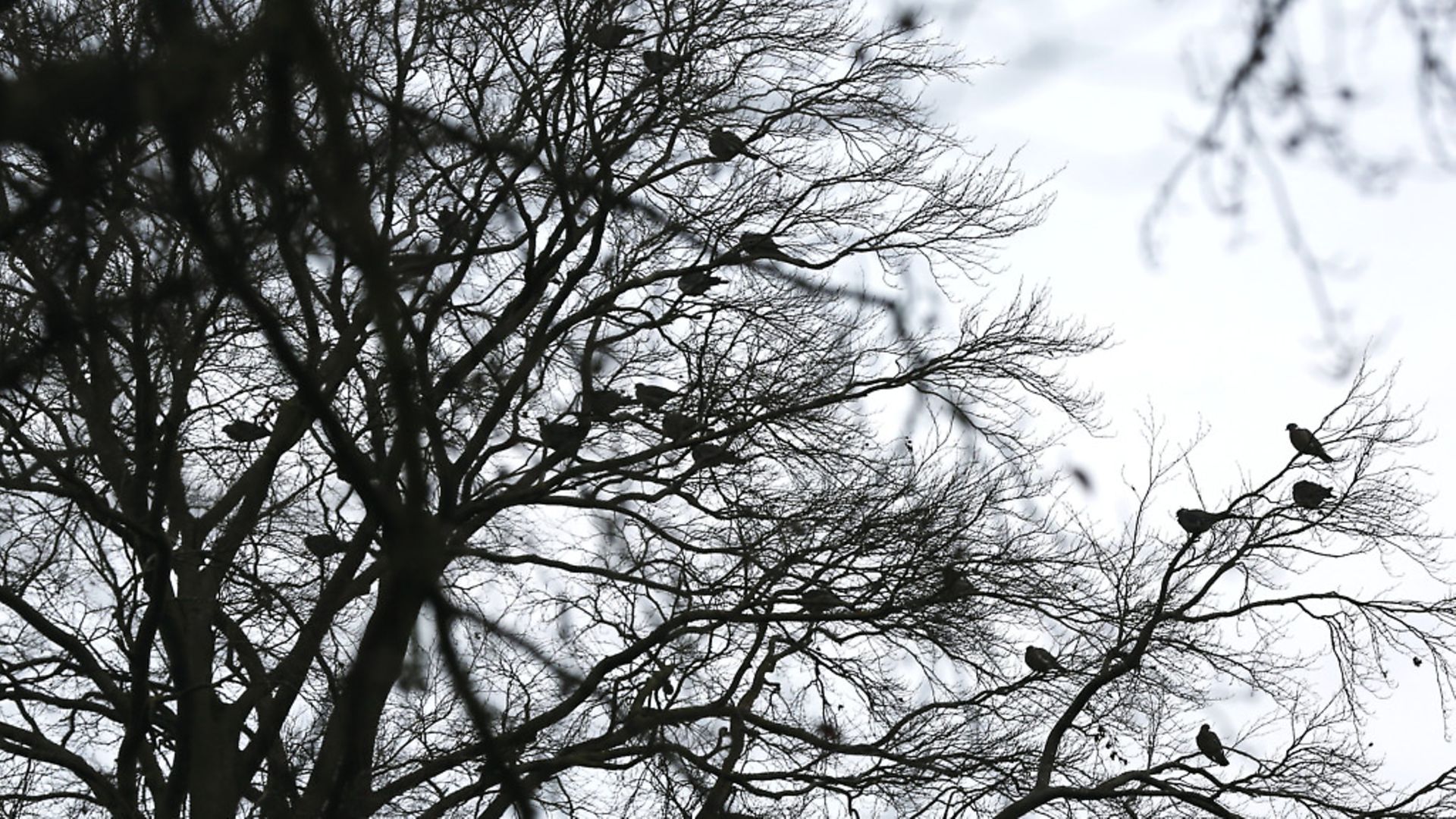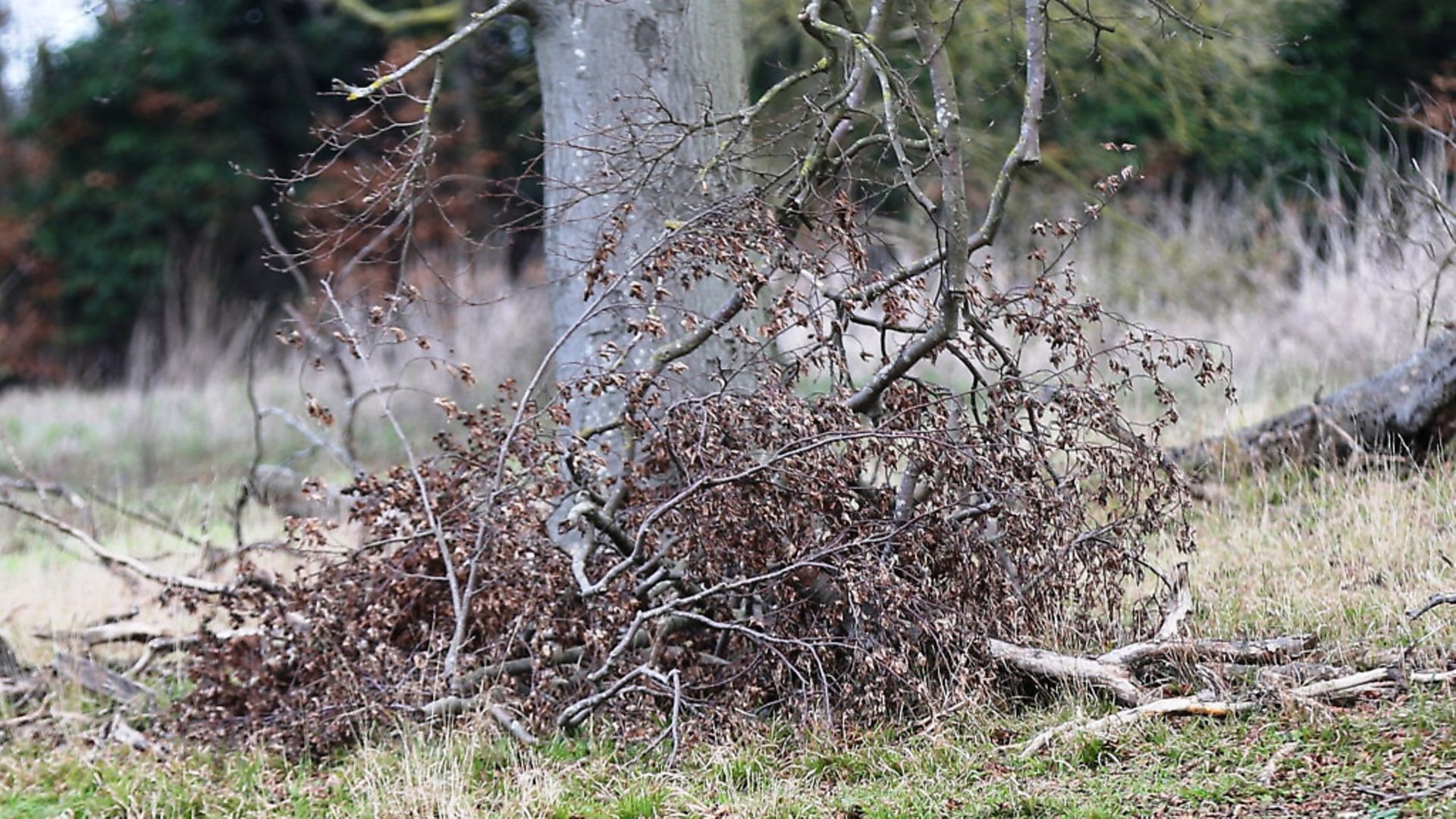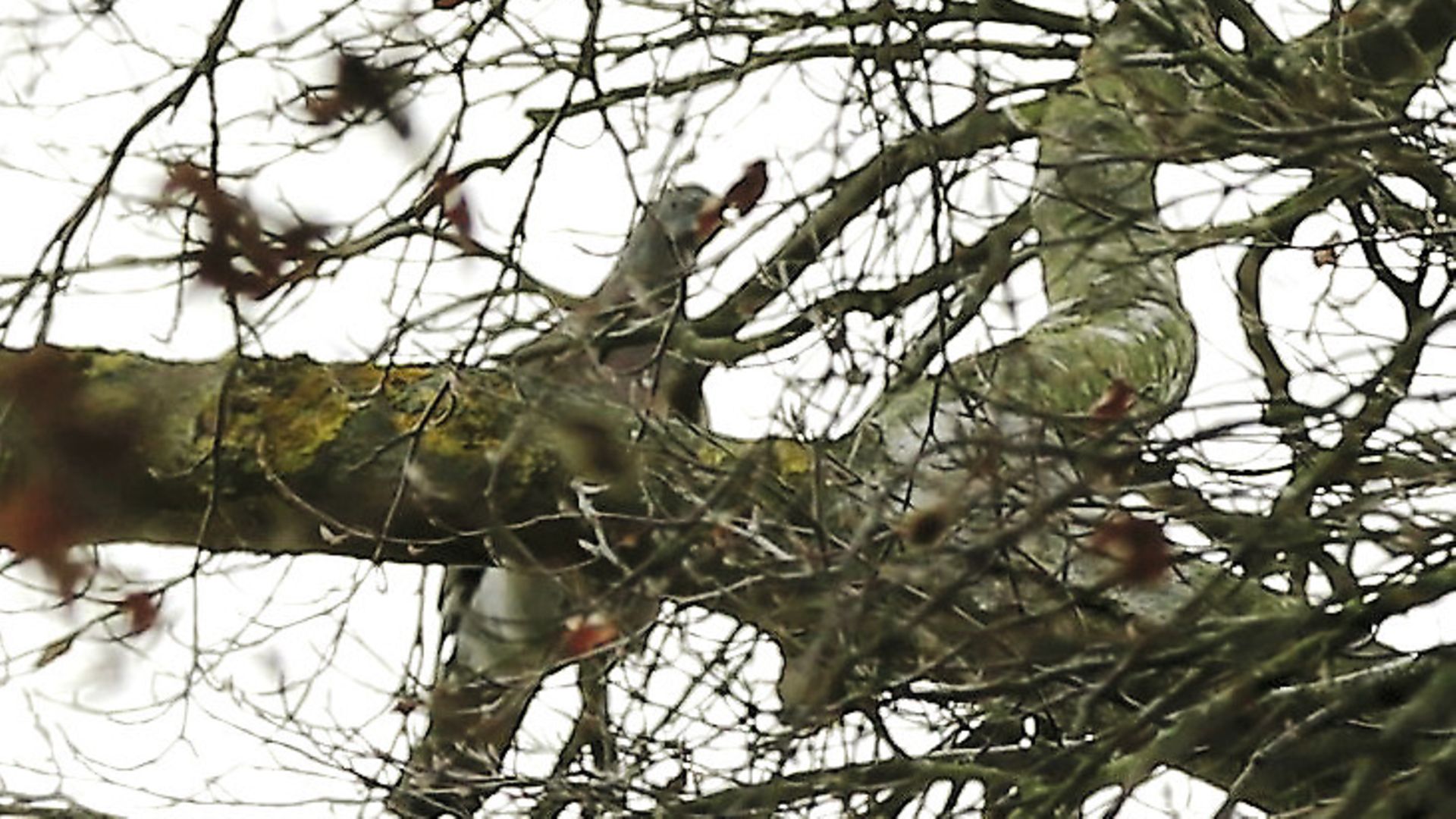In part 1 of his mini-series, hide-hunting maestro, Barry Hearn, shares a lifetime of learning
 credit: Archant
credit: Archant
Barry Hearn – hunting masterclass
Barry has been hunting in one form or another since he was old enough to walk and follow his father and brother on their various field trips. From ferreting to falconry, through just about every form of fishing, and back to his main pursuit of shooting, Barry has spent his life enjoying the outdoors. He’s also a former Air Gunner contributor and we regularly have readers asking us to bring him back for an encore, or two. He finally agreed and we’ll be featuring Barry in a mini-series, or for as long as we can pin him down. As you’ll see in this feature on hide hunting, Barry Hearn knows what he’s talking about and he loves what he does. It’s great to have him back in the pages of this magazine.
Hunting from a hide requires several techniques to make it work, but just one word holds the key to success, and that’s ‘preparation’. In this instance, preparation covers everything from where to go, what to do when you get there, how to maximise your chances and how to keep the hunting opportunities coming. The actual shooting part is usually the most straightforward element in the whole deal, but even that is hugely influenced by how well you prepare for it. Yes, after a life spent learning from my many mistakes and, latterly at least, some consistent success, I’m here to confirm that ‘preparation’ is where hide shooting succeeds or fails.
 credit: Archant
credit: Archant
Choose your ground
The most basic fact of hide hunting life is, if there’s no quarry present, you’re going to fail. Thus, the very first task any hide hunter has to undertake, is to study his hunting ground and confirm the presence of whatever he wants to target, which will usually be woodpigeons, crows, or squirrels. My main quarry species, and the subject of this mini-series, is woodpigeons, but all of the principles I’ll be describing apply to all quarry. Obviously, hunting crows and squirrels will call for more specific baiting techniques, but that ‘P’ word still rules and it will always govern our approach.
 credit: Archant
credit: Archant
Are they sitting comfortably?
Once you’ve established that your shoot holds a fair number of pigeons, the next job is to put in the hours with some essential detective work. You absolutely have to learn the location of your shoot’s various ‘sitty trees’. I’ve had good bags at various times during the crop cycle from birds feeding on the ground, but my records show that targeting the birds in trees is by far the most consistent method.
These trees will usually be substantial and are often within a convenient flutter of a major food source, such as beech mast or any number of agricultural crops, including corn, maize, rape, peas and brassicas, plus the newly-planted and sprouting stages of these crops.
However, some of the finest sitty trees I’ve ever used were nothing to do with the gathering of food for the birds; it was all about having somewhere to sit and digest what they’d eaten elsewhere. Roosting locations add a third possibility, but I prefer not to disturb them there, because I like to maintain my sport for as long as possible, and hitting birds in their roosts definitely has a long-term unsettling effect on them and it can cause them to relocate to someone else’s shoot.
 credit: Archant
credit: Archant
Twigging the best branches
Finding regularly-used sitty trees is a large stride forward, but there’s still a bit of work to do. Further observation will teach you where in those trees the birds prefer to sit, including their favourite perching branches. This information is vital. It’s no good having a tree filled with birds and your intentions perfectly camouflaged, if you’re on the wrong side of a criss-crossed mass of pellet-deflecting twigs. Take it from one who knows; there’s little more frustrating in our world than having a perching flock of totally un-shootable birds in front of you because you built your otherwise-perfect hide on the wrong side of the sitty tree.
Lastly, if the birds tend to gather in more than one part of the tree, site your hide to cover those perching on the most substantial branches. These tend to sway far less in the wind than birds sitting on thinner twigs. It’s all basic stuff, but it makes a huge difference where it matters most, I assure you.
 credit: Archant
credit: Archant
Define the times
With your sitty trees identified, turn up at first light, or preferably just before, settle back, concealed by your personal camouflage, and make notes about the birds’ arrival and departure times. On my shoots, I now know (unless some other major disturbance has occurred), the peak activity times of the various sitty trees, and even the changes in these times as the birds’ food sources come and go. It’s taken me years to get to this stage of refinement but I had a working grasp of it within three or four recce trips, so put in the watching time and add what you learn to that all-important preparation.
 credit: Archant
credit: Archant
Final choices
Before you start building a hide, or preferably a series of them, your final decision is based on the sitty trees’ surroundings. Basically, you’re looking for a natural feature, within comfortable shooting range of where your quarry sits, that you can exploit and turn into a hide. This can be something as accommodating as a hedgerow, or a convenient bush, but even a large clump of nettles, ferns, or the rotting skeleton of a dead tree, can be the perfect platform from which an effective hide can be built. Before you build anything, though, make sure it’s OK with the landowner or manager. Reassure them that what you intend to build will be all but invisible, anyway, and you should have no problems with planning permission.
Not one but several
By far the most productive, convenient and comfortable way to hunt from a hide, is to have a series of them, built and ready for immediate use, covering as many of the sitty trees as possible. I realise this isn’t always possible, but if you can establish any sort of hide network, your results will be so much more consistent.
Another fact of hide hunting life, is that the birds can change their sitty tree allegiance from one season to the next, and the trees themselves can change, too. Some get blown down or lose limbs during storms, and some simply die and fall to bits. The finest sitty tree I’ve ever used, for pigeons and crows alike, is now a ‘fishbone’ skeleton just waiting to topple. I’ve long since shifted the hide that covered that tree, but it taught me the value of having extra strings to my hide hunting bow.
Easy definition
Before you begin to build your first hide, you’ll need to define what it is and what you need from it, then work backwards from this definition. Your hide is a sniping station that lets you take precise, reliable shots, at the shortest possible distance from your quarry. Please read that last bit again.
These days, my absolute maximum shooting distance with a sub-12 ft.lbs. rifle is 30 yards, and all of my hides are set up to deliver the majority of shots at 25 yards or closer. In short, I strive to make taking the shot as easy as I can, and if the shot isn’t straightforward, I don’t take it. I also take head shots only, but again, if the pellet’s pathway isn’t clear – and that means throughout its trajectory from muzzle to target – I wait for another opportunity.
Shooting the breeze
Remember also, those birds are often sitting in a stronger breeze than you are at ground level, especially when you’re screened from the wind by your hide. The further the target, the more you’ll need to aim off for any wind present, and obviously vice-versa. Yet again, it’s all about using your preparation skills to make the shot as easy as possible. Every bird in your sitty tree is the finest decoy you can have, so be patient, wait for a viable opportunity, and never, ever take on high-demand shots.
If you build it – they will come
With the pre-build preparation taken care of, you’re ready to construct your hides, and that’s what I’ll be covering in the next issue, along with how to use your hide to its best effect. As always, the most effective way to build and use a hide is a simple matter of common sense, plus a few hunting smarts, all tied together with that priceless commodity – preparation! In the meantime, get out on your shoots and pinpoint those hide sites, and I’ll see you next time!